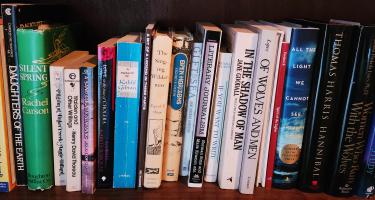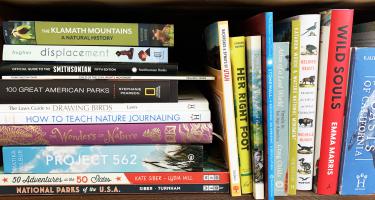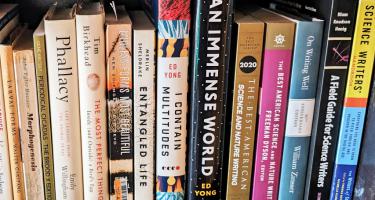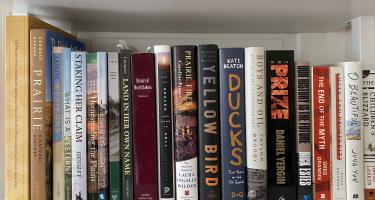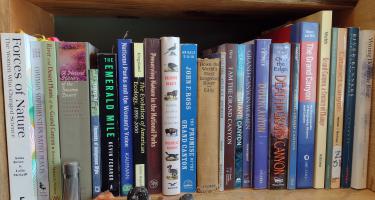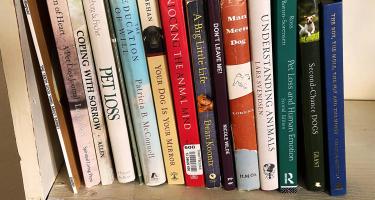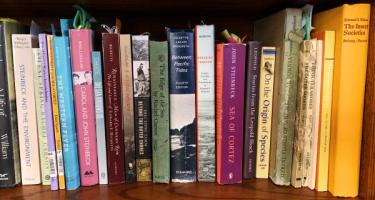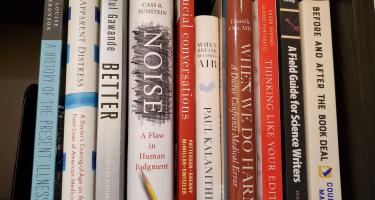
Ilana Yurkiewicz, MD—Fragmented: A Doctor’s Quest to Piece Together American Health Care
Uncertainties in medicine arise from both what is unknowable and what is missing, Ilana Yurkiewicz, MD, asserts in Fragmented: A Doctor’s Quest to Piece Together American Health Care. Seemingly mundane clinical decisions may have profound effects later on, Yurkiewicz says. She offers vignettes that include care her father received after a cardiac arrest & proposes ways to improve medical culture.
